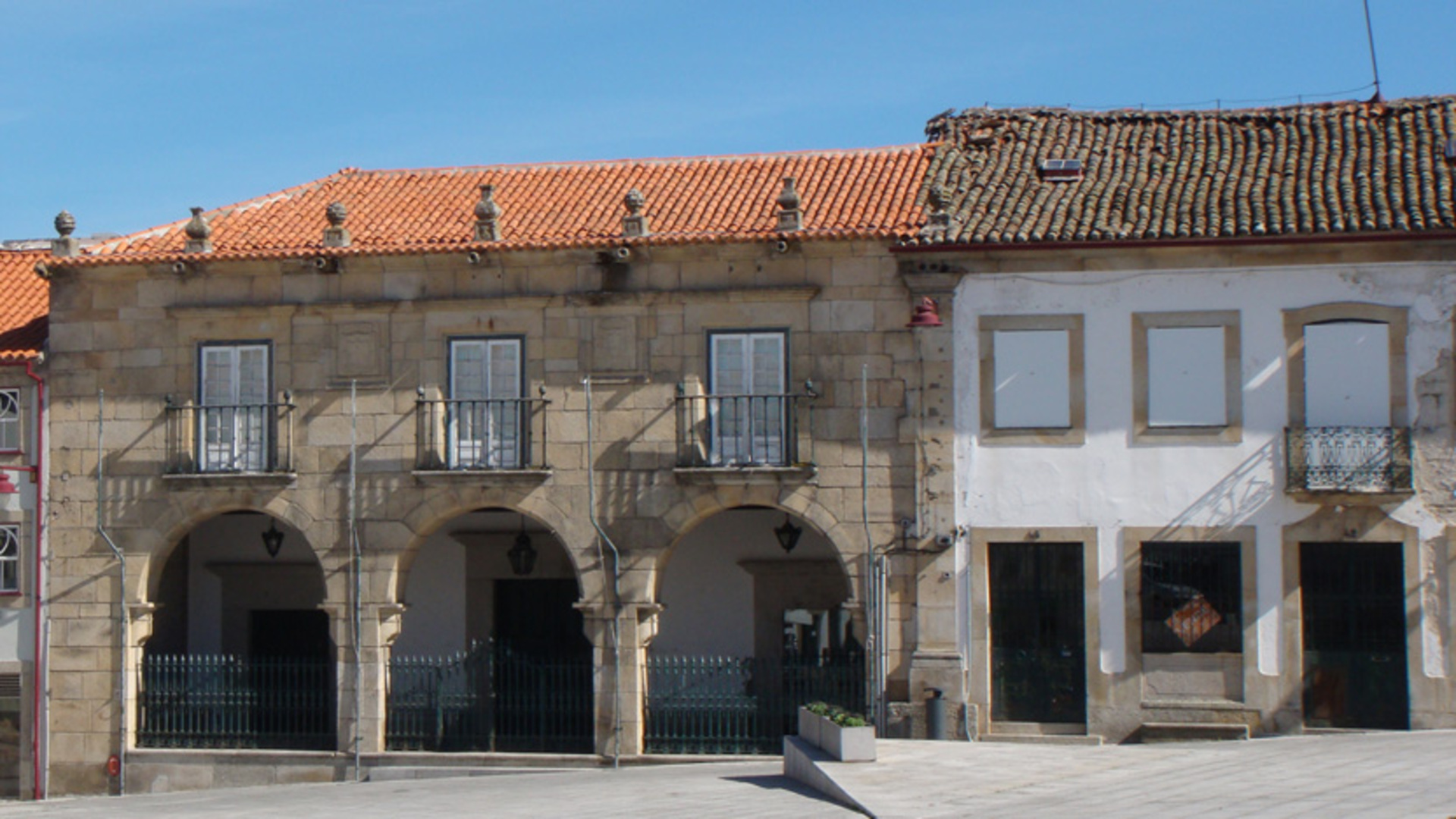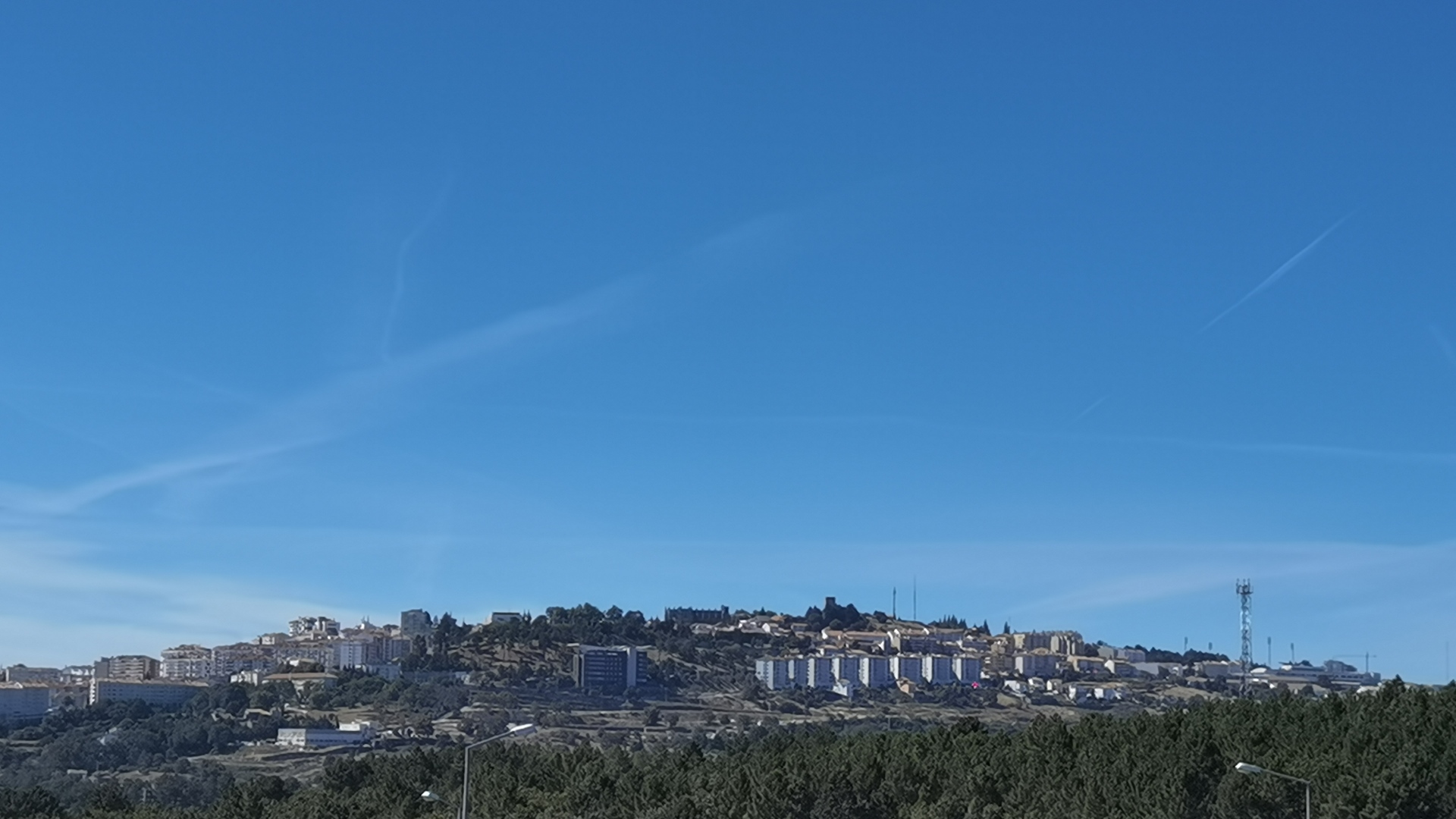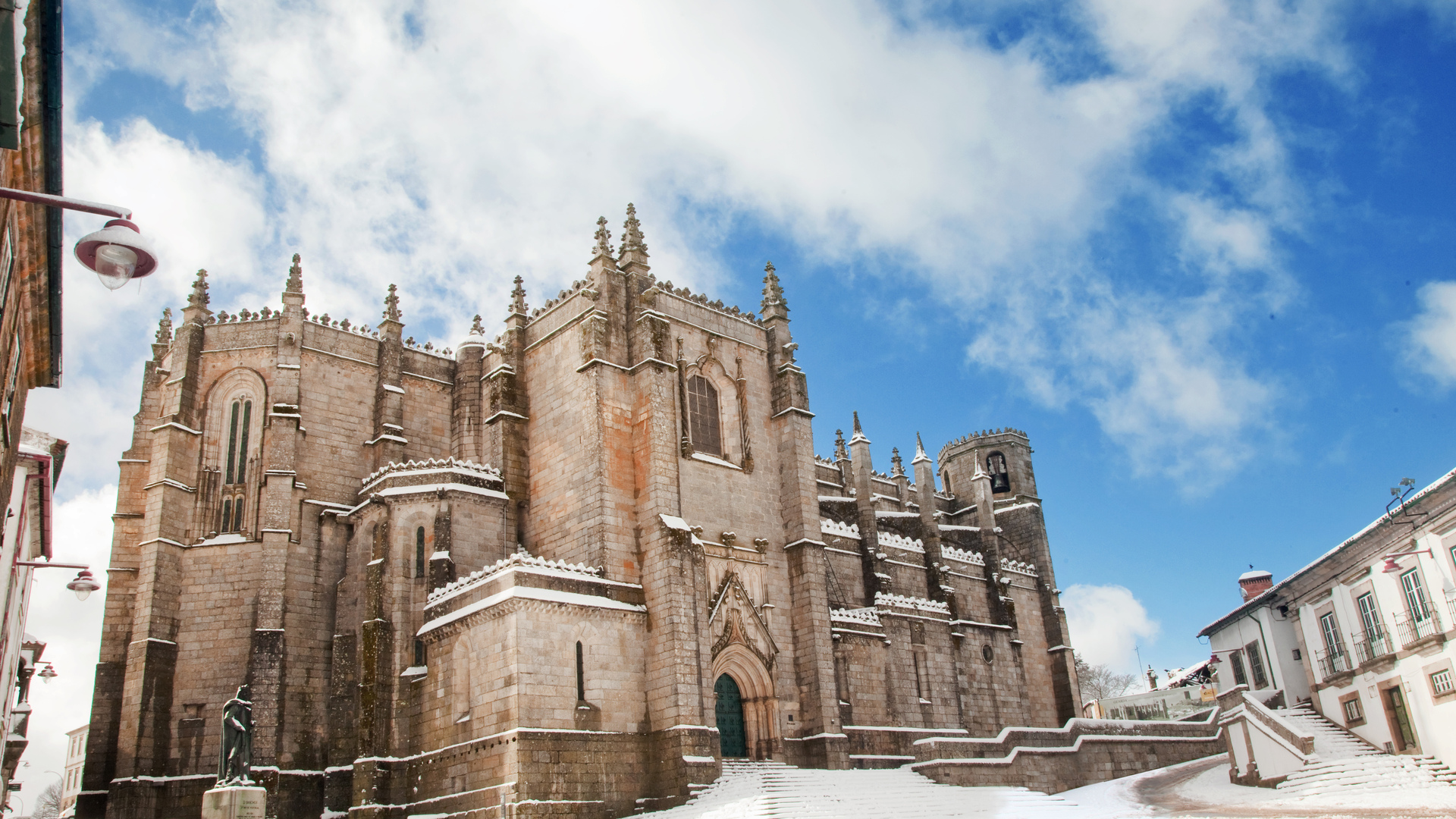Discover
Historic Centre of Guarda
One day | Vacation
Tourist Routes
Routes
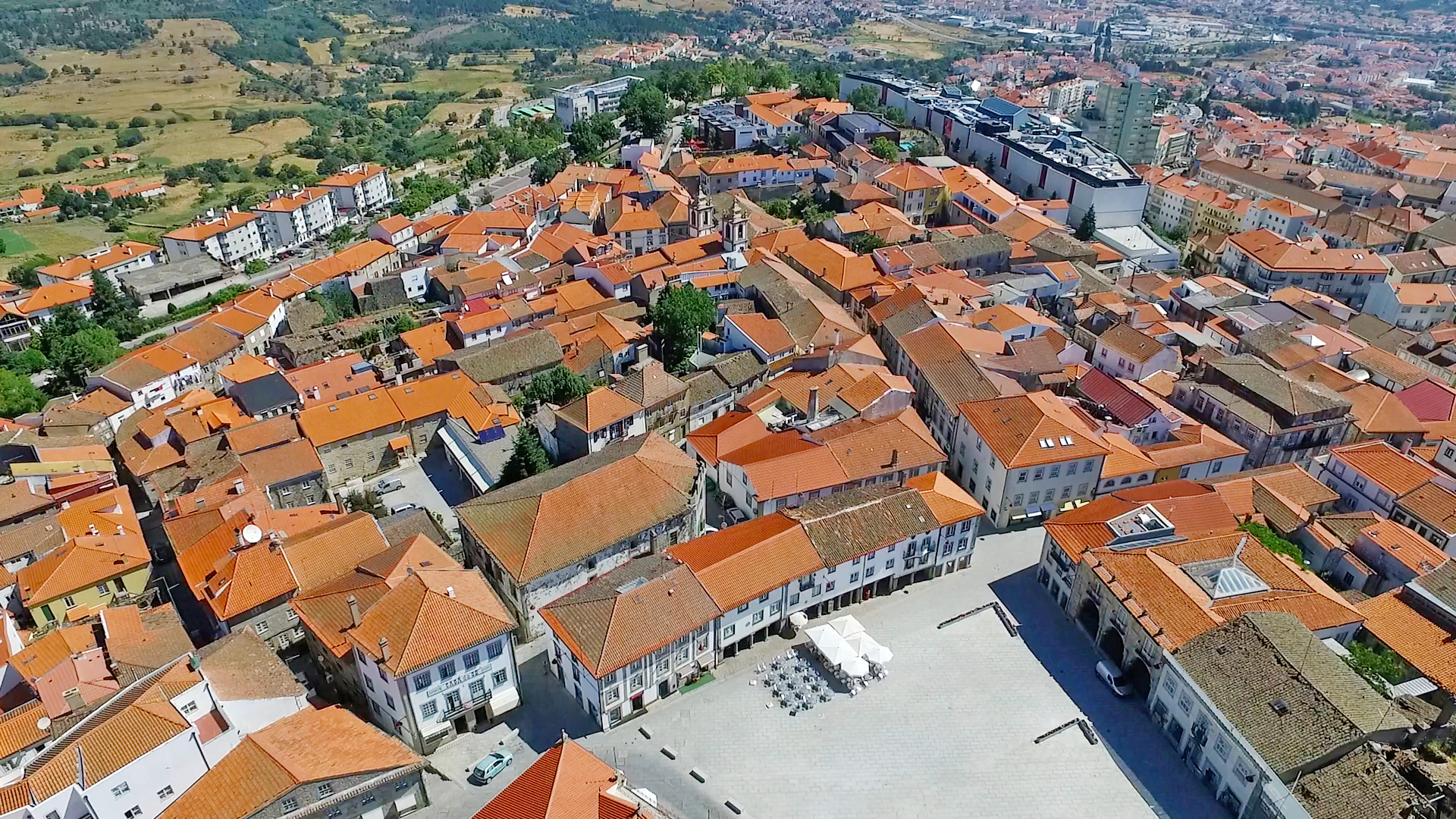
Being the highest city of Portugal, Guarda is called "Escudo da Estrela" (Shield of Estrela). The air one breaths here is clean, light and healthy. The mountain climate and the fertility of the valleys guarantee divine flavours. Being the heir of a rich and unique cultural heritage, the walls of the city embrace more than 8 centuries of history worthwhile discovering. .
Places of interest
- Watchtower
- Alameda and Chafariz de Santo André
- Former Sanatorium of Guarda
- Antigo Convento de São Francisco (Former Convent of Saint Francis)
- Former Episcopal Palace and Seminary
- Church of Mercy
- Torre dos Ferreiros (Tower of the Blacksmiths)
- Square Luís de Camões
- Sé da Guarda (Cathedral)
- Solar dos Póvoas
- Porta D'El Rei (medieval gate)
- Old Jewish Quarter
- Igreja de S. Vicente (Church of St. Vincent)
- Old Tower
- Porta da Erva / Porta da Estrela / Porta do Sol
- Francisco de Passos Street
- Former Town Hall
1 Watchtower
Situated at the highest point in the city of Guarda, at 1056,3 meters of altitude, the Watchtower provides a stunning 360° view of the city and the entire surrounding region.
2 Alameda and Chafariz de Santo André
Built in the 18th century, it is one of the city's most emblematic fountains. Inserted in the Baroque Style, among the sculptural elements we highlight the marine motifs, such as dolphins or monster-shaped spouts.
3 Former Sanatorium of Guarda
The privileged location of Guarda gave it a climate superiority that still remains recognized nowadays. The origins of Sanatorium Sousa Martins date back to the late 19th century, period of history in which Portugal began a structured battle against tuberculosis.

4 Antigo Convento de São Francisco (Former Convent of Saint Francis)
Founded in the 13th century, the former Convento de São Francisco, of Franciscan friars, mendicants, was built in a place away from the medieval walls of the city.
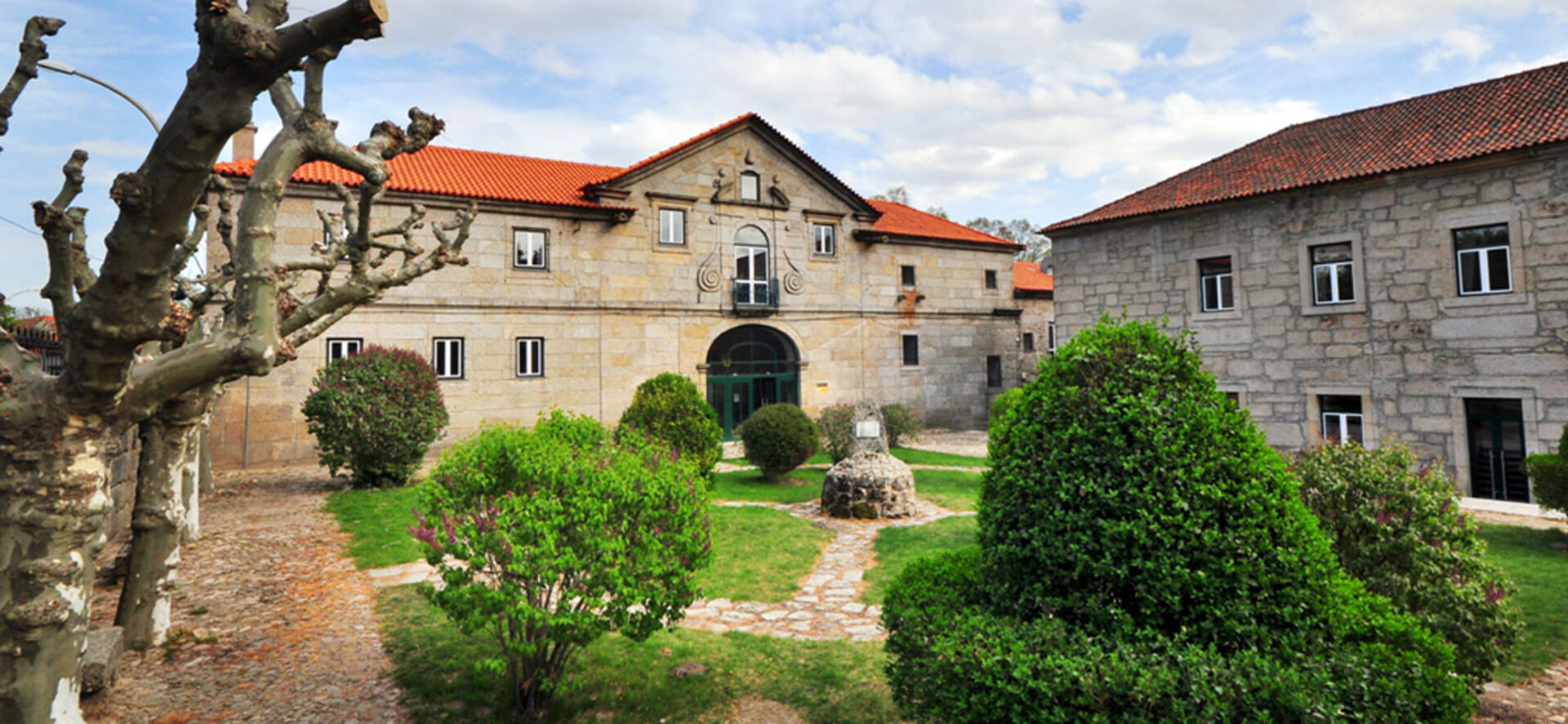
5 Former Episcopal Palace and Seminary
The architectural set formed by the ancient Episcopal Palace, Seminary and Chapel began being built in early 17th century, under the aegis of the Bishop of Guarda D. Nuno de Noronha.
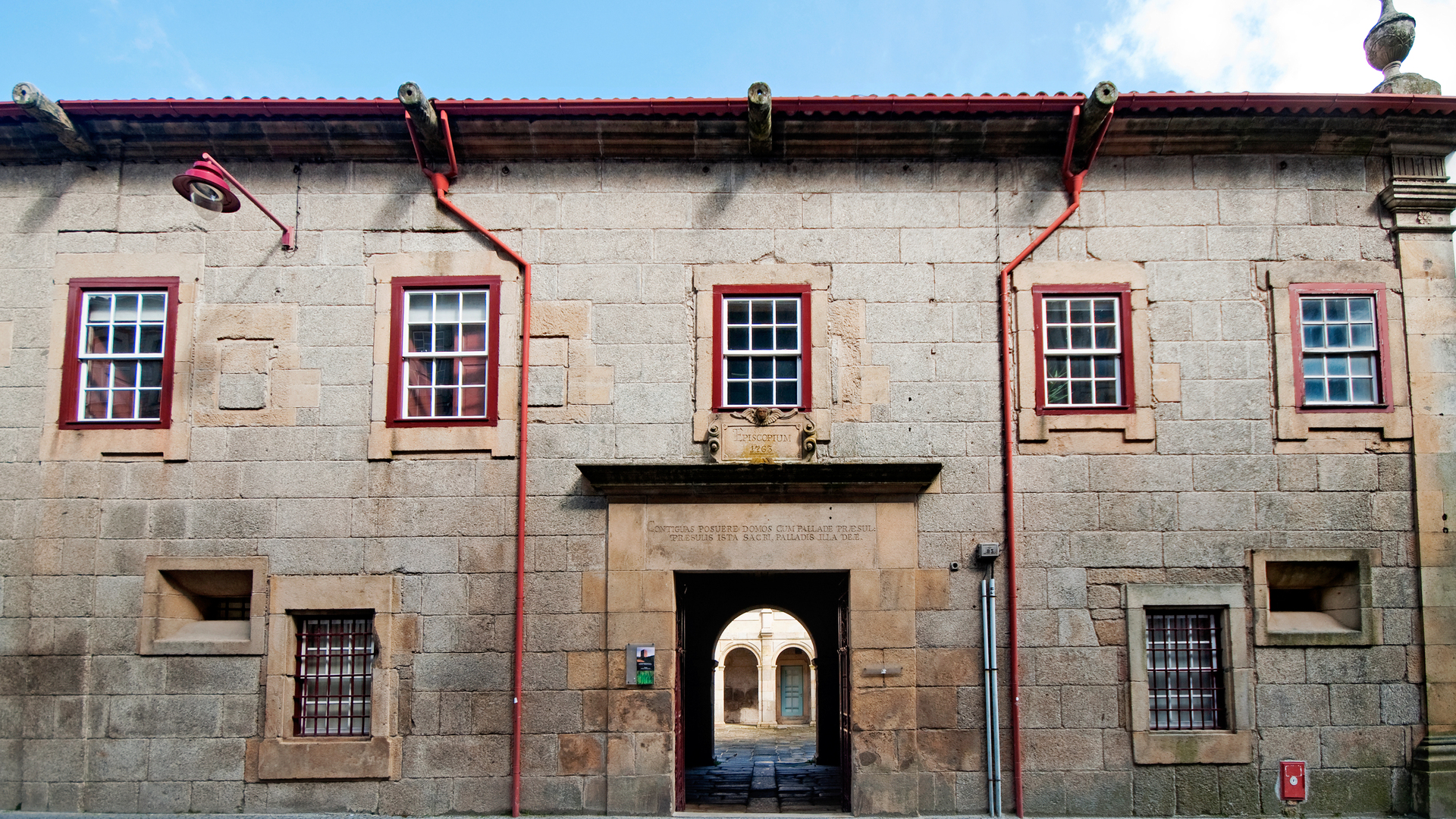
6 Church of Mercy
It is one of the most imposing buildings of the Baroque Era, with the shapes and work of the stone marked by the contrast between the granite and the white of the walls. In urban terms, its construction in the 18th century marked the definitive development of the city out of the medieval walls.
7 Torre dos Ferreiros (Tower of the Blacksmiths)
The access to the top of the monument can be done by a panoramic elevator or stairs. The view from the viewpoint is amazing.
8 Square Luís de Camões
Set in the historic centre, the centre of the square is paved with granite slab, forming several steps, adapting to the significant uneven terrain and where some flower beds and garden benches can be found.
9 Sé da Guarda (Cathedral)
With the transfer of the headquarters of the diocese from Idanha-a-Velha to Guarda, in 1203, by influence of King Sancho I, it was necessary to promote the construction of a cathedral. Not much is known about the primitive building; however, it is, in fact, known that, in the second half of the 14th century the construction of a new cathedral outside the walled perimeter was considered. The construction of the present cathedral began in 1390 but, given the magnitude of the project, the works dragged and were only finished in the Manueline context.
10 Solar dos Póvoas
Building built in the 18th century, located in the main square of the interior of the walled perimeter, Praça Luís de Camões.
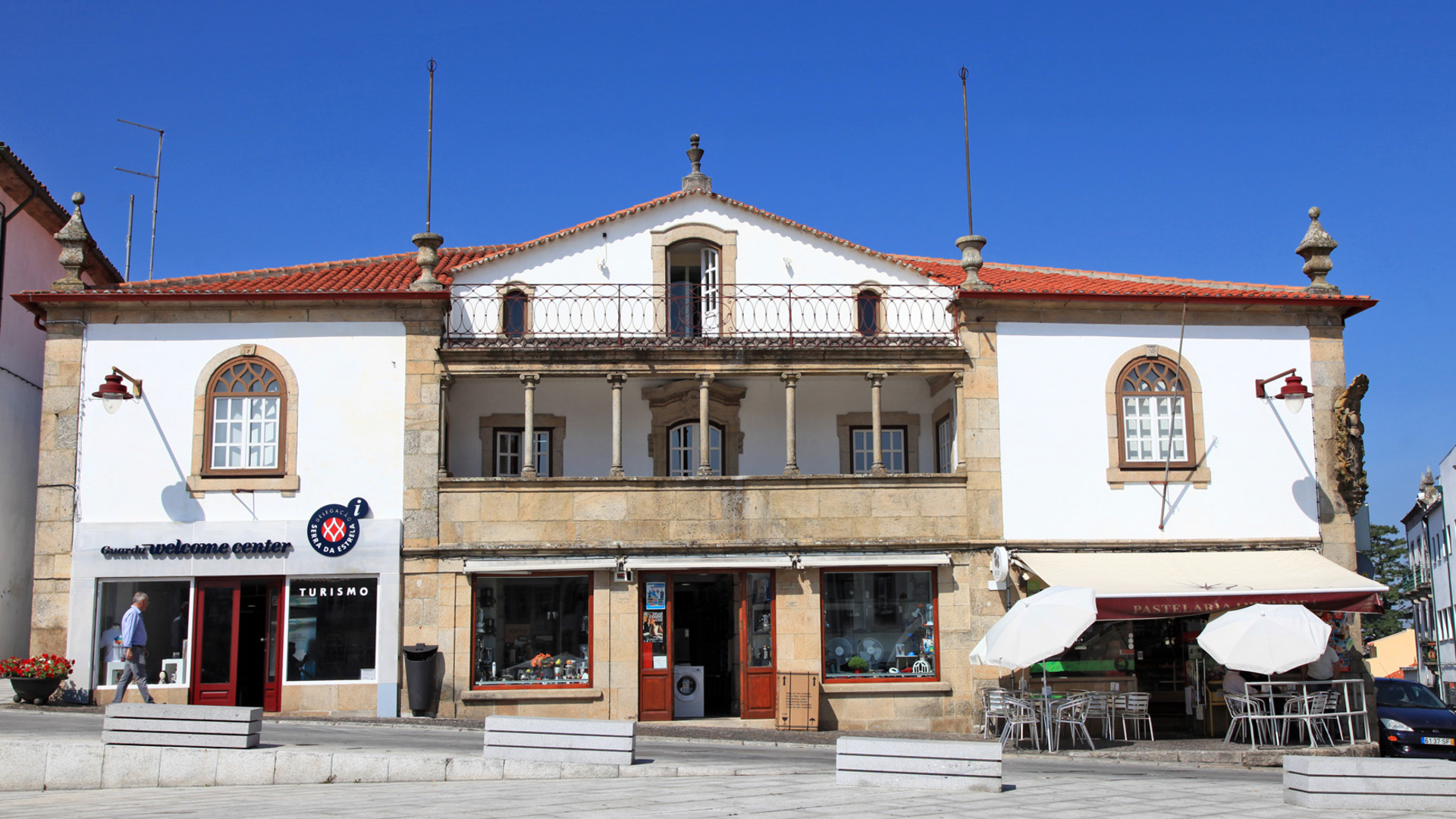
11 Porta D'El Rei (medieval gate)
Gothic-style door, one of the oldest of the city.
12 Old Jewish Quarter
Judiaria used to exist from Porta d’El-Rei to the churchyard of S. Vicente, limited by the wall and Rua Direita.
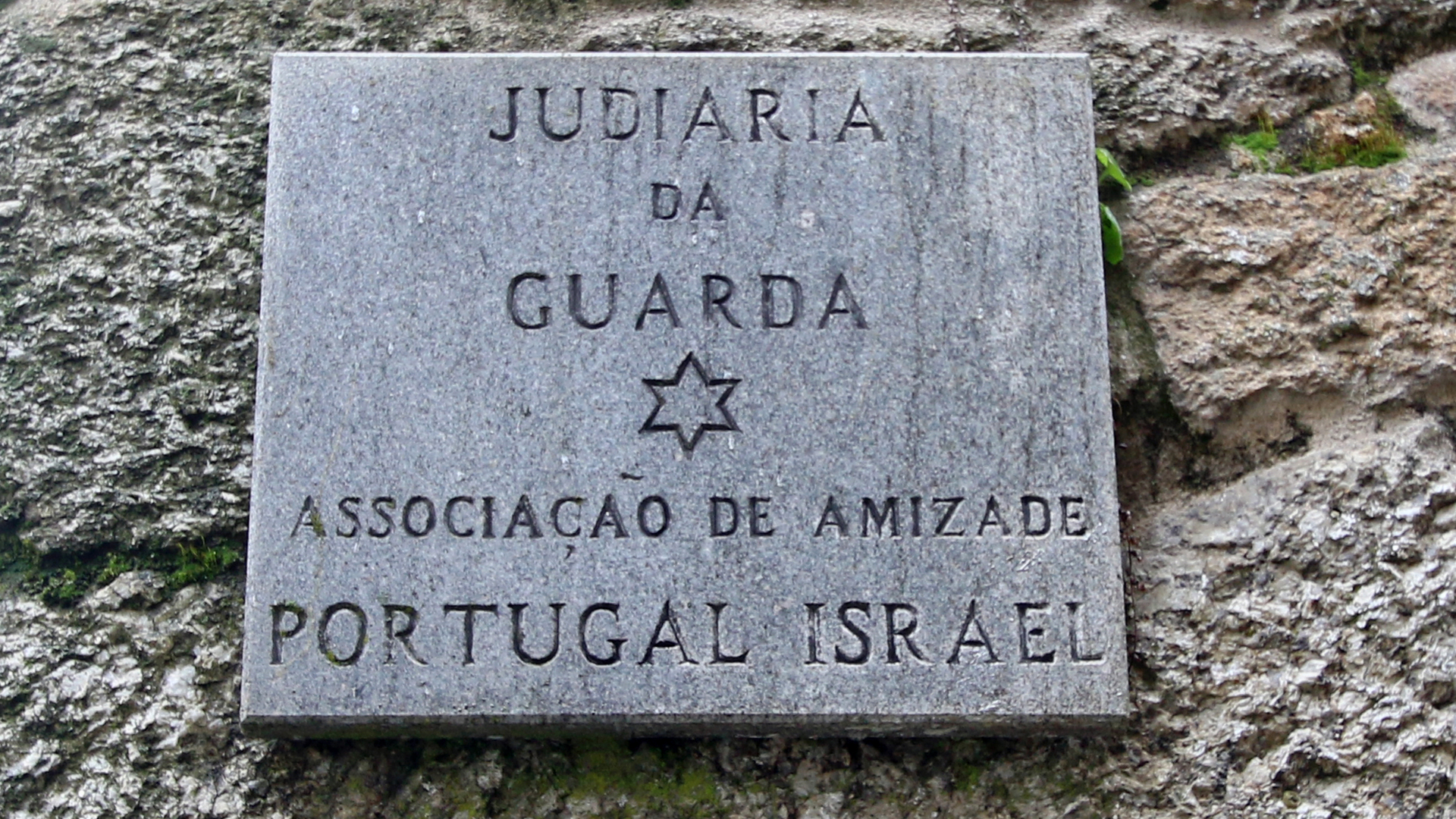
13 Igreja de S. Vicente (Church of St. Vincent)
Located inside the medieval walls and referred to in the written sources since the 13th century, the church we can admire today is a reconstruction inserted in the Baroque style, promoted by Bishop D. Jerónimo Rogado de Carvalhal e Silva in the 18th century.
14 Old Tower
The creation of the city of Guarda and the granting of its charter by King Sancho I on 27 November 1199 required the construction of a primitive Romanesque castle, of which only the so-called Torre Velha (Old Tower) has survived in the northern part of the city. It was part of a military complex characterised by the presence of a tower in the centre of a courtyard delimited by a wall line.
15 Porta da Erva / Porta da Estrela / Porta do Sol
Porta da Erva (medieval gate), also known as Porta da Estrela or Porta do Sol, is part of the defensive system of the city, whose construction dates back to the 13th century.
16 Francisco de Passos Street
Commonly known as ‘Rua Direita’ (Right Street), this artery became the main axis of the medieval town and was the favourite street for merchants and traders over the centuries. Along the way you'll find 15th-century houses with decorative ‘Manueline-style’ windows, as well as buildings of ‘ filipino-style’ architecture, embellished with corner windows and cannon gargoyles.
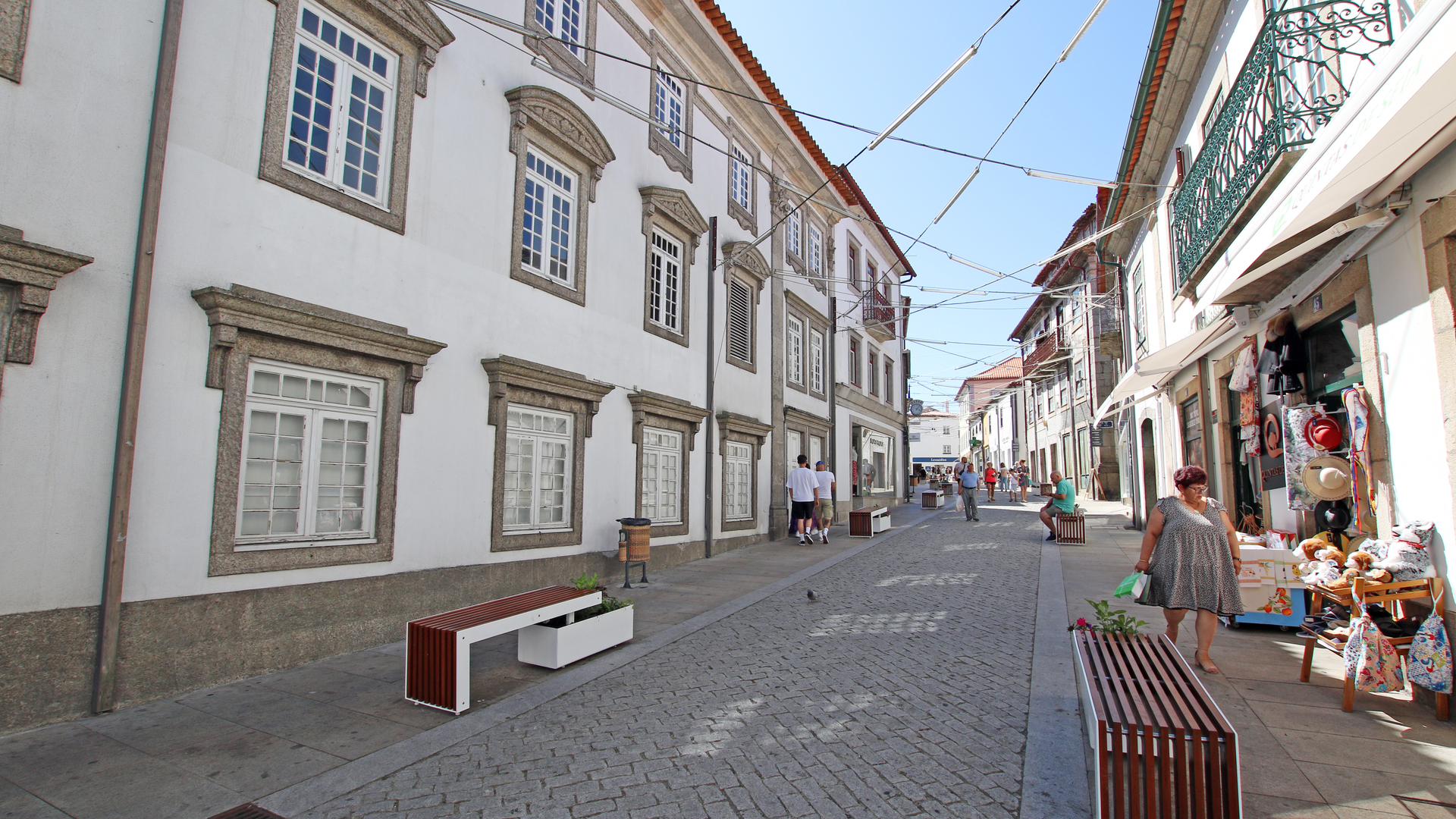
17 Former Town Hall
The old building of the Town Hall is located in the main square of the city (the current Praça Luís de Camões), facing the cathedral, in the centre of the walled space. The building dates back to 1570 and marks the entrance or affirmation of the Renaissance architecture in the city of Guarda.
